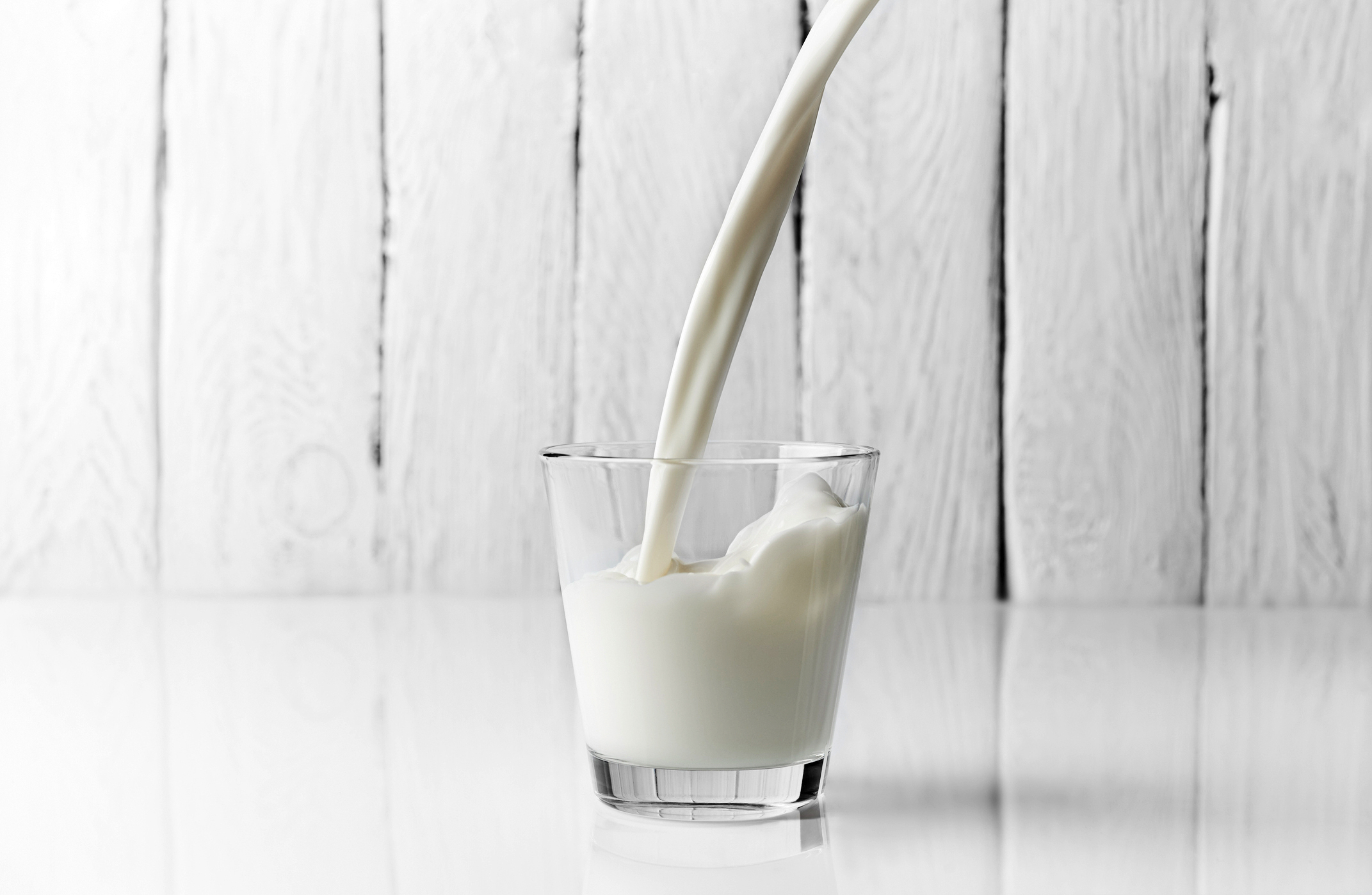Ask a Dance Dietitian: Full-Fat, Low-Fat or No Milk at All?
One topic that has been confusing me a lot recently has been whether I should be drinking low-fat or full-fat milk or not drinking it at all. Most people say that you should drink low-fat milk to avoid the unhealthy fat, others say that drinking the full-fat milk allows the body to use more of the protein in the milk, and others say that milk is unhealthy and should be avoided at all costs. I am very confused. Incredibly grateful for any clarification you can give on this topic! —Ella

Hi, Ella! Thank you for this great question. I empathize with your confusion—cow’s milk often comes under scrutiny, especially when diet and wellness culture drive our mealtime decisions. Your question reveals quite a few speculations that need to be uncovered. So I’m sharing two considerations for you to take into your decision-making around milk (and dairy products).
First, despite the emergence of countless plant-based milk alternatives on the market, cow’s milk is a fabulous and undoubtedly more economical option. When compared to plant-based proteins, animal-based proteins possess a higher degree of bioavailability. This means that they contain all the essential amino acids needed for muscle building. For dancers, this is especially helpful for recovery after an intense class, rehearsal or performance.
Next, let’s talk about the differences between full-fat milk, like whole milk, and lower-fat varieties like 2 percent and skim, both of which contain less fat than whole milk. I’m assuming that the “unhealthy” fat that you’re referring to is “saturated.” Saturated fats are one of the major types of fat found in our food supply. These fats mainly come from animal sources (like dairy, butter and meat) but are also the primary fat found in coconut. Saturated fats are often shunned because of findings, published by the American Heart Association, of a suspected association between saturated fat and heart disease.
But here’s the thing: When it’s part of an otherwise balanced and varied diet, the saturated fat content of your milk doesn’t concern me, Ella. Also, the additional muscle-repairing and bone-building nutrients that you’re receiving from it—protein and calcium, along with vitamin D—outweighs the potential risks from saturated fat. Another bonus? The vitamin D in milk will be better absorbed when consumed alongside that additional fat! And let’s not forget about what I consider to be the fourth macronutrient on our balanced plates: satisfaction. Fat, whether saturated or unsaturated, provides a more satisfying experience at mealtimes. This can help to alleviate agitation at and between mealtimes.
Here’s a perspective shift: Associations between food and disease have contributed to a landscape of food guilt, stress and anxiety. We also know that weight cycling (a product of yo-yo dieting from restrictive food rules) is an independent risk factor for heart disease. With this in mind, it’s important to realize that no foods need to be off limits unless you have a medically diagnosed allergy. So, I encourage that you explore an option that is both accessible and most preferable to you. From your question, it sounds like you are open to all varieties of milk, apart from those fears and misconceptions. Therefore, consider satisfaction your priority!
Have a question? Send it to registered dietitian nutritionist Rachel Fine at [email protected]. She’ll be answering questions on Pointe+ each month. Ask a Dance Dietitian responses are for informational purposes only and should not be a substitute for individual medical or mental health advice.







